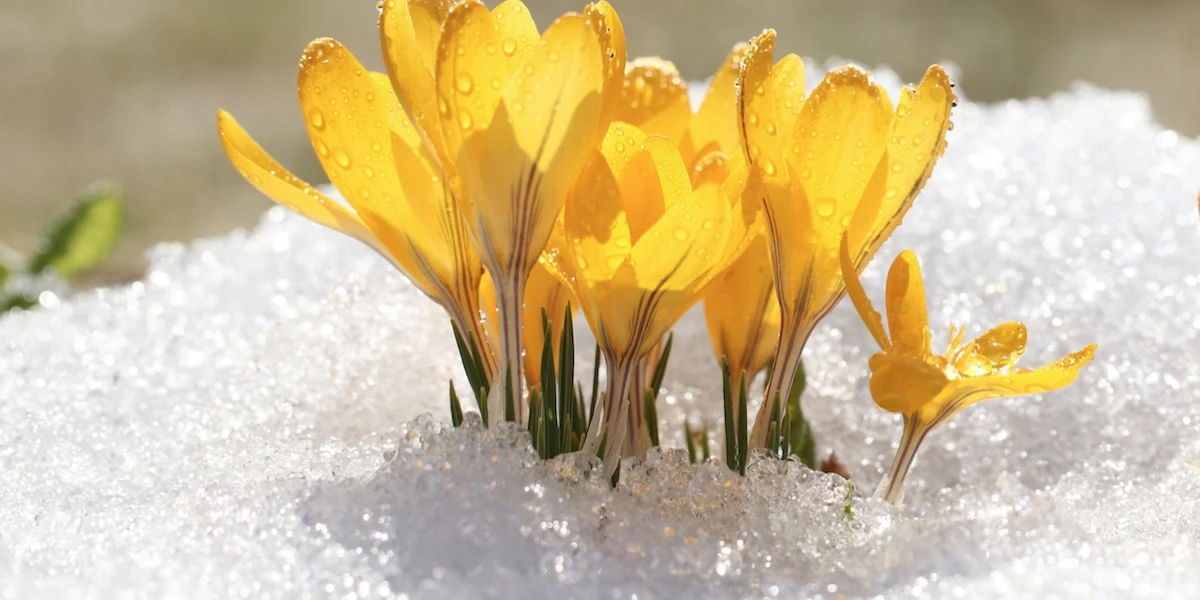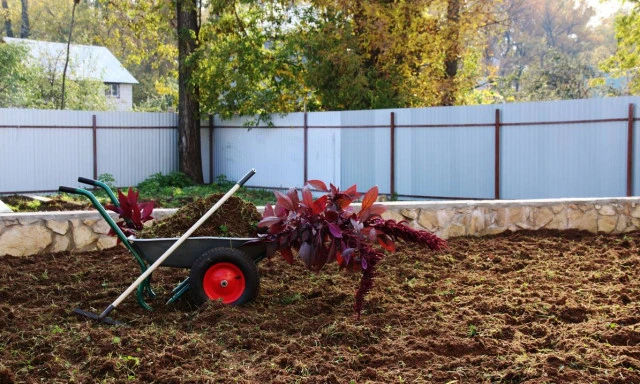Hardy plants are those that can withstand cold temperatures, but there is a variation in hardiness, and this should be understood before choosing your plants.
The Royal Horticultural Society (RHS) has a hardiness rating system that may be of help. It runs from H2 to H7, with H7 plants being the most hardy and able to withstand the harshest conditions.
| Classification | Temperature | Meaning | Examples |
| H2 | 1 to 5°C | Can survive low temperatures but not hard frost | Freesia, Strawflower, Didiscus |
| H3 | -5 to 1°C | Can survive frost with some protection e.g. poly tunnel | Nasturtium, Nigella, Sweet Pea |
| H4 | -10 to -5°C | Hardy in a mild winter. May have some dieback in colder climates, but will survive | Scabiosa, Phacelia, Dill, Stock, Anemone |
| H5 | -15 to -10°C | Sufficiently hardy for all New Zealand | Toadflax, Foxglove, Corn Poppy, Baby's Breath, Viola, Pansy |
| H6 | -20 to -15°C | Sufficiently hardy for all New Zealand | Phlox, Black Eyed Susan |
| H7 | -20°C < | May even survive above the snow line | Icelandic Poppy, Snap Dragons, Dianthus |
- Move up a hardiness level if you have a poly tunnel or other cover that provides protection from wind and adds an insulation bubble of air that buffers temperatures.
- The hardiness rating is more likely to apply to small seedlings with 1-2 true leaves than it will larger, more developed seedlings. The reason for this is that smaller seedlings are more adaptable when it comes to cold and frost. Larger, more tender and succulent leaf growth and roots means more surface area for damage from frost, whereas small leaves and fine roots are more likely to survive frosts and cold.
- Download the full RHS Hardiness Ratings
- Find the RHS hardiness rating of ornamentals, fruit and vegetables here
- General Advice on Growing Plants


